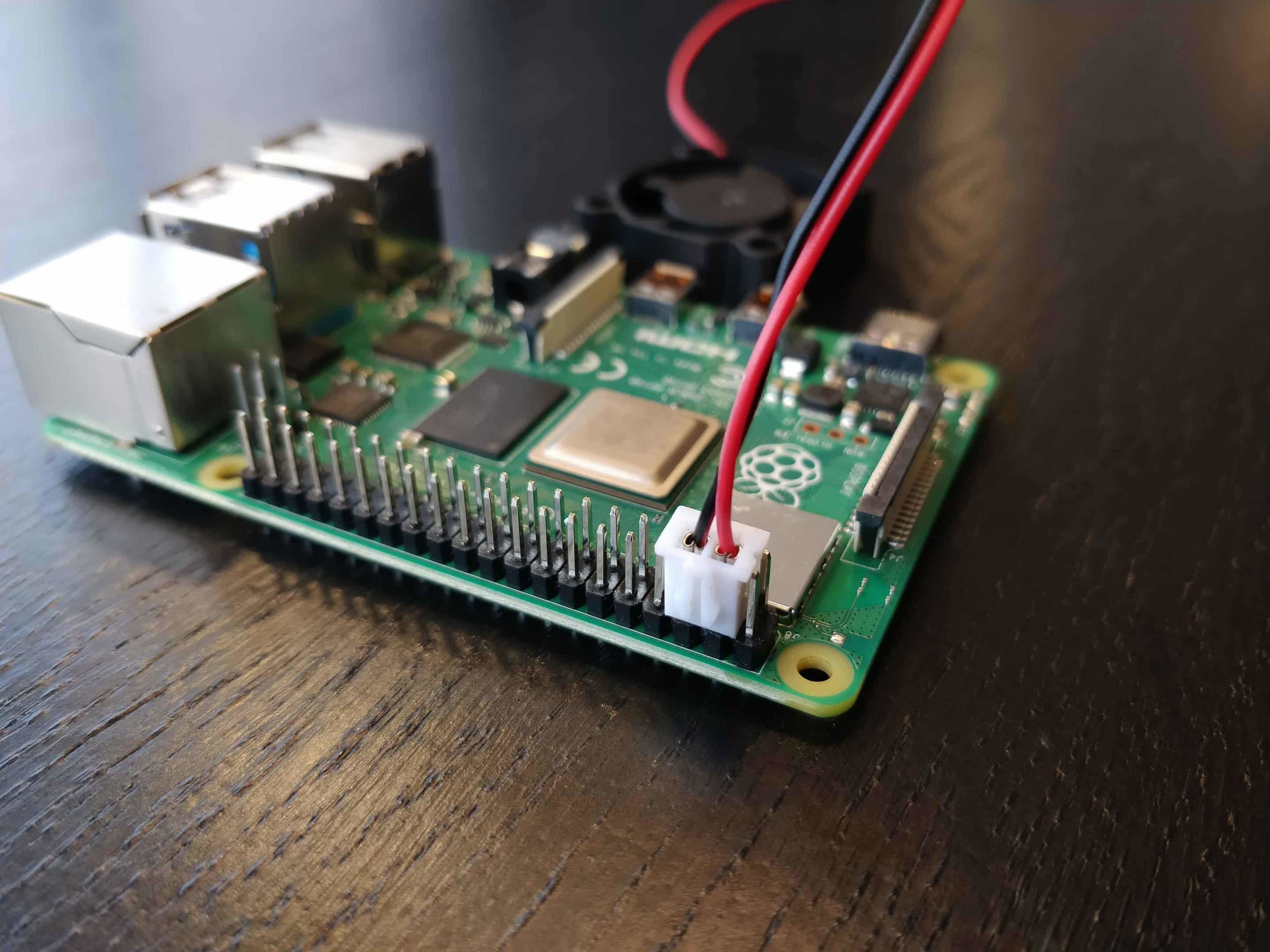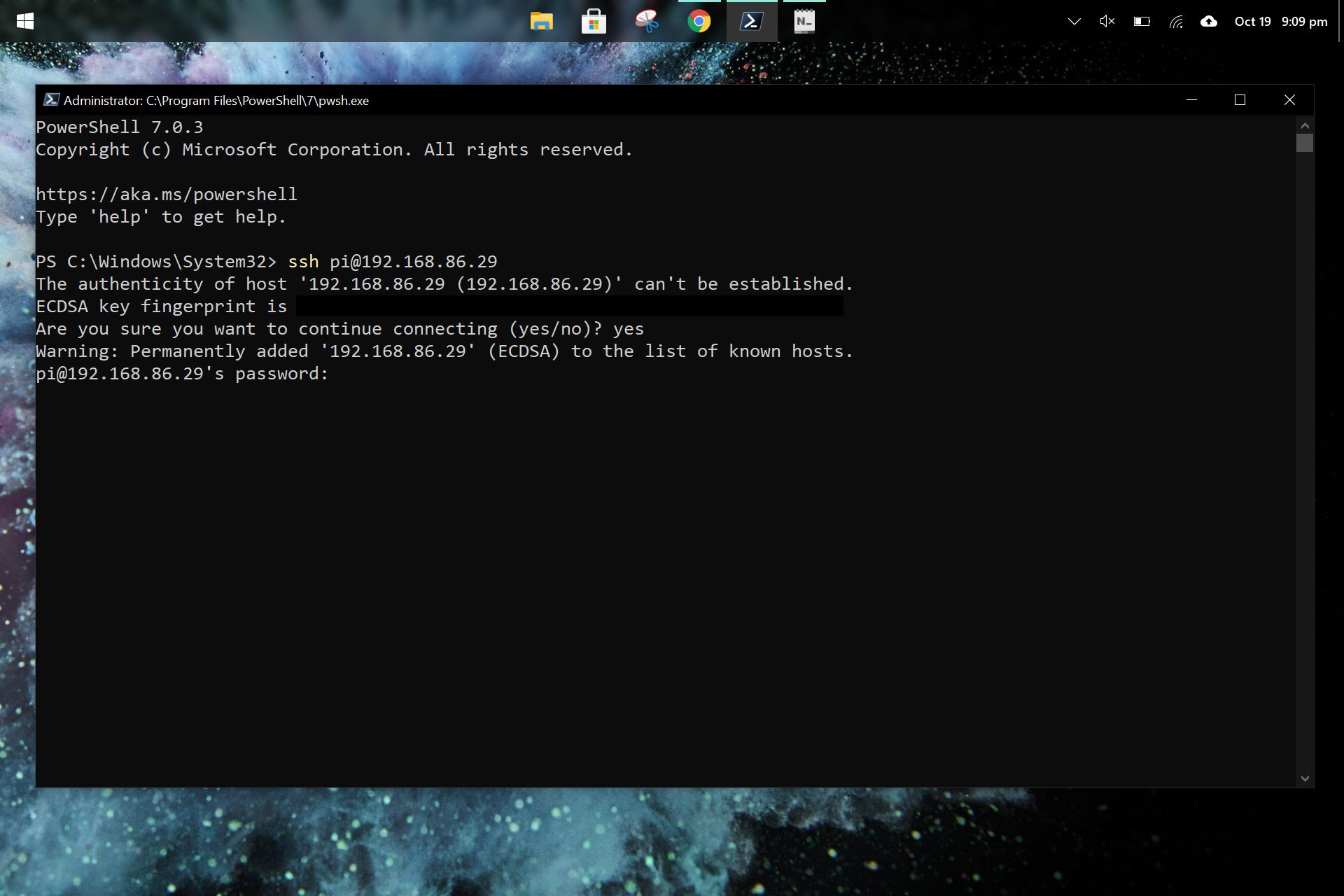RemoteIoT VPC Raspberry Pi Free: Your Ultimate Guide To Building A Secure Cloud Network
Hey there, tech enthusiasts! If you're diving into the world of IoT (Internet of Things) and looking for ways to set up a secure virtual private cloud (VPC) using a Raspberry Pi without breaking the bank, you're in the right place. RemoteIoT VPC Raspberry Pi free solutions are becoming increasingly popular among hobbyists and professionals alike. Whether you're building a home automation system or managing remote sensors, this setup offers flexibility and scalability. So, let's dive in and explore how you can harness the power of Raspberry Pi to create your own VPC network!
Setting up a VPC on Raspberry Pi might sound intimidating, but trust me, it’s not as complicated as it seems. With the right tools and a bit of guidance, you can establish a secure, remote IoT network that allows you to monitor and control devices from anywhere in the world. Plus, the best part? You can do all of this without spending a fortune. Let’s break it down step by step so you can get started right away.
Before we jump into the nitty-gritty details, let’s quickly address why RemoteIoT VPC Raspberry Pi free setups are such a big deal. First, they’re cost-effective, making them accessible to anyone with basic tech skills. Second, they provide robust security features that protect your devices from unauthorized access. Lastly, they’re incredibly versatile, allowing you to integrate various IoT applications into your network. Ready to learn more? Let’s go!
- Unleashing The Magic Of Uiiu Movies Your Ultimate Guide
- Lara Rosa Brich The Rising Star Whos Turning Heads
Table of Contents
- What is RemoteIoT VPC?
- Raspberry Pi Basics
- Why Choose Free Solutions?
- Setting Up Your VPC
- Software Options for Raspberry Pi
- Security Tips for Your IoT Network
- Common Issues and How to Fix Them
- Real-World Use Cases
- Cost Analysis: Is It Really Free?
- Conclusion and Next Steps
What is RemoteIoT VPC?
Alright, let’s start with the basics. RemoteIoT VPC stands for Virtual Private Cloud designed specifically for Internet of Things applications. Think of it as a secure, isolated network where all your IoT devices can communicate with each other without exposing them to the public internet. This setup is crucial if you want to ensure that your smart home devices, weather stations, or industrial sensors remain protected from cyber threats.
A VPC allows you to define subnets, route tables, and security groups, giving you granular control over how data flows within your network. By leveraging a Raspberry Pi as the central hub, you can manage everything from a single device while keeping costs low. Plus, the free software options available make it an attractive choice for DIY enthusiasts.
Why RemoteIoT VPC Matters
In today’s hyper-connected world, security is paramount. Traditional IoT setups often rely on cloud services provided by big companies, which can be expensive and less flexible. A RemoteIoT VPC gives you the freedom to customize your network according to your specific needs. Whether you’re running a small home project or scaling up to enterprise-level applications, this solution has got you covered.
- Unveiling The Enigmatic Erome Sophie Rain A Journey Into Her World
- Mastering The Management Of Raspberry Pi Remotely The Ultimate Guide For Tech Enthusiasts
Raspberry Pi Basics
Now, let’s talk about the star of the show – the Raspberry Pi. For those who aren’t familiar, the Raspberry Pi is a credit-card-sized computer that packs a surprising amount of power for its size. It’s been a favorite among makers, educators, and hobbyists since its release in 2012, thanks to its affordability and versatility.
Here’s a quick rundown of what makes the Raspberry Pi ideal for RemoteIoT VPC projects:
- Compact and lightweight design
- Multiple GPIO pins for connecting sensors and actuators
- Support for Linux-based operating systems
- Low power consumption
- Community-driven support and resources
When choosing a Raspberry Pi model for your project, consider factors like processing power, memory, and connectivity options. The Raspberry Pi 4 Model B is a popular choice due to its USB-C power input and improved performance.
Why Choose Free Solutions?
Let’s face it – not everyone has a budget for expensive hardware and software. That’s where free solutions come in. By using open-source tools and free software, you can set up a RemoteIoT VPC without spending a dime. Here are some reasons why free solutions are worth considering:
- No recurring subscription fees
- Access to a vast community of developers and contributors
- Flexibility to modify and customize the software to suit your needs
- Opportunity to learn and experiment with cutting-edge technologies
Of course, free doesn’t always mean sacrificing quality. Many open-source projects are maintained by experts and are just as reliable as their commercial counterparts. Just make sure to choose reputable software and stay updated with the latest versions to avoid security vulnerabilities.
Setting Up Your VPC
Ready to roll up your sleeves and get started? Setting up a RemoteIoT VPC on Raspberry Pi involves several steps, but don’t worry – I’ll walk you through each one.
Step 1: Prepare Your Hardware
Before we dive into the software side of things, let’s talk about the hardware requirements. You’ll need the following:
- Raspberry Pi (preferably Model 3B+ or higher)
- MicroSD card (16GB or larger)
- Power supply with sufficient current output
- Ethernet cable or Wi-Fi adapter (depending on your setup)
- Optional: USB hub, external hard drive, or SSD for additional storage
Step 2: Install the Operating System
Next, you’ll need to install an operating system on your Raspberry Pi. Raspbian, now known as Raspberry Pi OS, is a great choice for beginners. However, if you’re planning to run more advanced networking software, you might want to consider alternatives like Ubuntu Server or DietPi.
Once you’ve downloaded the image file, use a tool like Etcher to flash it onto your microSD card. Then, insert the card into your Raspberry Pi and power it on. Follow the on-screen instructions to complete the initial setup.
Step 3: Configure the Network
With the OS installed, it’s time to configure the network settings. This step is crucial if you want your Raspberry Pi to act as a gateway for your IoT devices. You’ll need to:
- Set a static IP address
- Enable SSH for remote access
- Configure firewall rules to enhance security
There are plenty of tutorials online that can guide you through this process, so don’t hesitate to refer to them if you get stuck.
Software Options for Raspberry Pi
Now that your hardware is ready, let’s talk about the software you’ll need to create your VPC. Here are a few popular options:
1. Docker
Docker is a containerization platform that allows you to run multiple applications on the same Raspberry Pi without conflicts. It’s perfect for managing complex IoT setups where you need to isolate different services from each other.
2. Pi-hole
Pi-hole is a network-wide ad blocker that can also serve as a DNS server for your VPC. By blocking malicious domains and tracking scripts, it adds an extra layer of security to your network.
3. Home Assistant
Home Assistant is an open-source home automation platform that integrates seamlessly with Raspberry Pi. It supports a wide range of IoT devices and provides a user-friendly interface for controlling them.
These are just a few examples, but the possibilities are endless. Experiment with different software combinations to find what works best for your project.
Security Tips for Your IoT Network
Security should always be a top priority when setting up a RemoteIoT VPC. Here are some tips to keep your network safe:
- Use strong, unique passwords for all devices
- Enable two-factor authentication (2FA) wherever possible
- Regularly update your software and firmware
- Monitor network activity for suspicious behavior
Remember, even the most secure network can be compromised if you neglect basic security practices. Stay vigilant and educate yourself about the latest threats and best practices.
Common Issues and How to Fix Them
No matter how careful you are, you’re bound to encounter a few hiccups along the way. Here are some common issues and their solutions:
Issue 1: Connectivity Problems
If your devices can’t connect to the VPC, check your network settings and ensure that the Raspberry Pi is properly configured as a gateway.
Issue 2: Slow Performance
Running too many applications on a single Raspberry Pi can lead to performance bottlenecks. Consider upgrading to a more powerful model or offloading some tasks to external hardware.
Issue 3: Security Breaches
In the unlikely event that your network is compromised, act quickly to contain the damage. Disconnect affected devices, change passwords, and review your security settings.
Real-World Use Cases
So, what can you actually do with a RemoteIoT VPC on Raspberry Pi? Here are a few examples:
- Smart home automation
- Remote weather monitoring
- Industrial IoT applications
- Personal cloud storage
Each use case presents its own set of challenges and opportunities, so feel free to explore and experiment until you find something that resonates with you.
Cost Analysis: Is It Really Free?
While the software components of a RemoteIoT VPC Raspberry Pi setup are indeed free, there are still some costs involved. These include:
- Hardware expenses (Raspberry Pi, microSD card, etc.)
- Electricity bills for running the device
- Optional accessories like external storage or cooling fans
However, compared to commercial cloud services, this setup is still significantly cheaper in the long run. Plus, you gain valuable hands-on experience that can’t be quantified in monetary terms.
Conclusion and Next Steps
And there you have it – a comprehensive guide to setting up a RemoteIoT VPC on Raspberry Pi for free. Whether you’re a seasoned pro or a complete beginner, this project offers something for everyone. By following the steps outlined in this article, you can create a secure, scalable IoT network that meets your unique needs.
Now it’s your turn to take action! Leave a comment below and let me know what you plan to build with your new VPC setup. Don’t forget to share this article with your friends and followers, and check out our other guides for more tech tips and tricks. Happy building, and see you in the next post!
- Joe Scarboroughs Health Journey Unveiling The Truth Behind His Illness
- Is Lindsey Graham Related To Billy Graham Exploring The Family Ties

Effortlessly Securely Connect RemoteIoT VPC Raspberry Pi Free

Best Remote IoT VPC SSH Raspberry Pi Free The Ultimate Guide

Best RemoteIoT VPC SSH Raspberry Pi Free Setup Guide